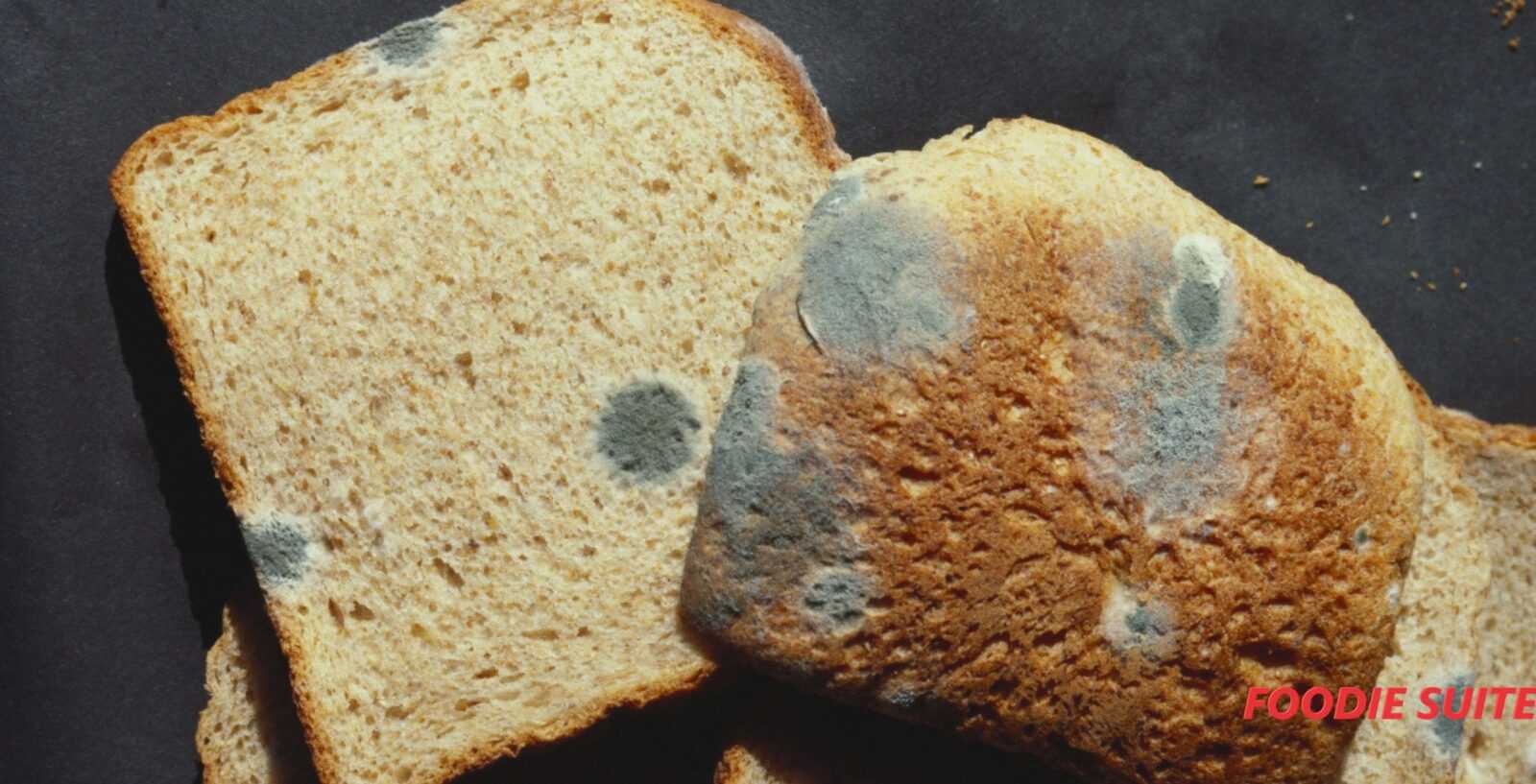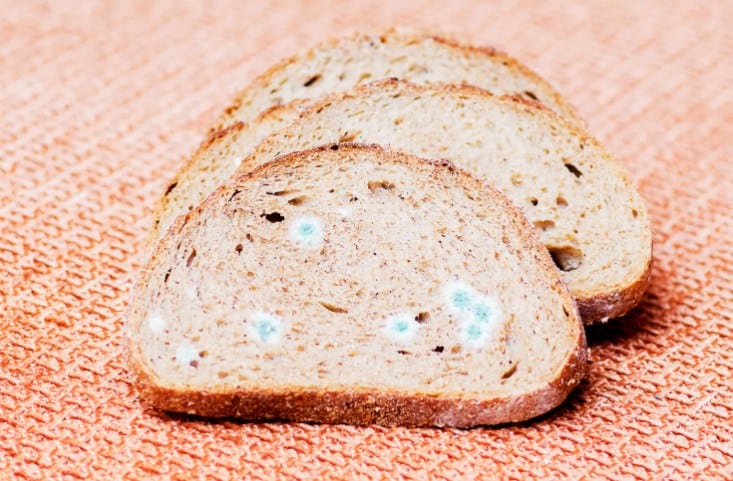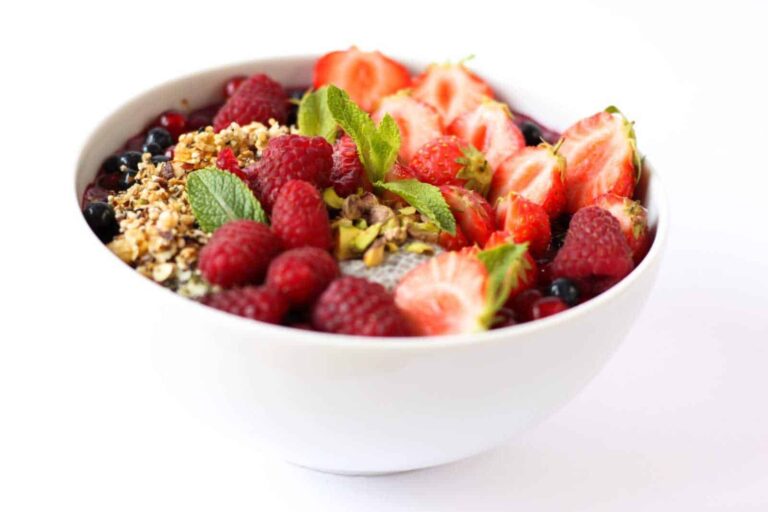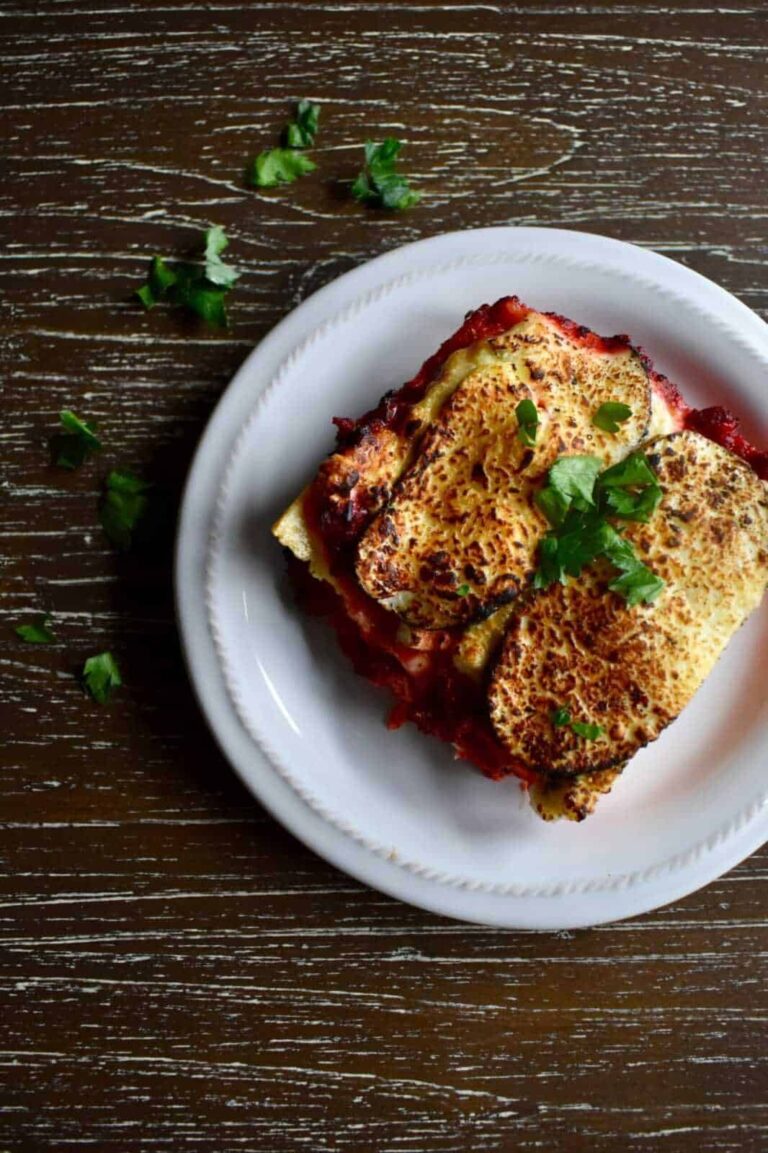Moldy bread. is it healthy for you to eat it?

Moldy Bread. When you notice mold, what to do with bread is a common household issue. You want to be healthy, but not wasteful excessively.
You may wonder whether the fizzy mold spots can be safely eaten, easily scraped off, or whether the remainder of the mold is healthy to eat because there is no noticeable mold.
This article discusses how molds are why they grow on bread if moldy bread is safe to eat.

what is Mold?
A general word that encompasses a broad number of fungi that are widespread in the world. This mold spreads by spreading its spores, which are still present in the air waiting for an adequate chance for development and reproduction. One of the obvious signs of the presence of the mold is the “flowering” of the spores and their turning into twigs, the familiar surface layer that resembles velvet as the mold reproduces by replication of the germs.
An ideal and healthy climate for the growth and replication of mold is the humid environment, where mold is a major problem in indoor wetlands, where it abounds in areas that are continuously exposed to flooding and may form anywhere in the building, such as walls, floors, and corners, since it may invade the indoor parts of the house and with it. The disease presents a danger to the public, but there is only one form of the mold used in cheese making and it is known as (Roquefort and Camembert).
What Is MOLDY BREAD?
Mold is a fungus of the same family as a mushroom. Fungi live by breaking down and extracting nutrients from the substrate on which they expand, such as bread.
The fuzzy part of the mold you see on the bread is a series of spores—which is how the fungus reproduces. Spores can move through the air within the pack and expand on other parts of the bread.
It’s what makes the mold its color—white, yellow, green, gray, or black, depending on the type of fungus.
However, the type of mold cannot be defined by color alone as the color of the spots can change under various growth conditions and can fluctuate over the life cycle of the fungus.
Groups of bread-growing mold include Aspergillus, Penicillium, Fusarium, Mucor, and Rhizopus. What’s more, there are several distinct varieties of fungi in both of these forms.
what about eating moldy bread?
Some mold is healthy to eat, such as those used to produce blue cheese. The fungi that can grow on bread, however, give it an off-taste and can be detrimental to your health.
It is impossible to know what mold develops just when you look at it It is easier to say that it is toxic than eating it.
Besides, stop smelling moldy flour, since you can inhale fungi spores. If you have an allergy to mold, inhaling can lead to breathing problems, including asthma.
People who are allergic to inhaled mold can also suffer adverse reactions-including life-threatening anaphylaxis-when they consume it with food. However, this seems to be rare.
Finally, individuals with impaired immune systems—such as those with poorly regulated diabetes—are susceptible to Rhizopus inhalation on bread infections. Although rare, this infection is potentially life-threatening.
Wait, can’t I just take the mold out of my food?
If you’re not too skewed by the patch of mold on your bread, you may be tempted to just cut it off and carry on feeding, but whether or not this is really a smart decision depends on the food.
While we see only their soft, discolored tops, all the molds have “roots” that invade food, according to the USDA. Since these roots cause toxins (if any) to disperse in the inside of your food, the safest move is to throw out the moldy food in its entirety, no matter where you see the moldy spot, says Dr. Bedford.
But certain hard cheeses, hard salamis, firm fruits, and vegetables cannot penetrate as easily as softer foods, says the USDA. This makes it possible to rescue these foods from a fuzzy patch. Just make sure that you cut at least an inch around and below the moldy area, hold the knife out of the mold, and seal the “good portion of the food in a new sheet.
To be fast, these foods are normally all right to eat when you have some mold cut off:
Tough cheeses
Good salami
Firm Fruits
The Vegetables
In the meantime, if anything moldy, these foods should be thrown away:
Smooth fruits
Goods Baked
The Legumes
The Nuts
With yogurt
Jams
Bread
Meat
Also, FYI, it won’t kill the mold, even don’t go to toast your bread. Since bread is super brittle, the first sign of fuzz is likely to be chucking, says USDA.
How to deter the growth of mold on bread?
The shelf-life of bread stored at room temperature is normally three to four days without preservatives.
Preservatives, other additives, and other methods of preparation and storage may inhibit mold growth. Mold growth may be affected.
Mold-inhibiting ingredients
Supermarket, mass-produced bread normally contains a variety of chemical preservatives – including propionate calcium and sorbic acid – that discourage mold formation.
However, an increasing number of people choose to have bread that incorporates healthier ingredients.
The use of lactic bacteria producing acids that normally discourage the growth of the fungus is another solution. These are currently most widely found in sourdough baking.
The growth of the mold can also be deterred by vinegar and some spices, including cinnamon and cloves. The fragrance and taste of the bread, however, can be altered by the spices, so their use is limited.
Bread managing and storage tricks
Popular mold spores usually cannot withstand baking, but after baking, bread can easily pick up spores from the air—for example, during slicing and packing.
These spores may begin to develop under the right conditions, such as in a warm and humid kitchen.
You should dissuade mold growth from bread:
Hold it dry for you If you see clear moisture inside the bread box, use a paper towel or a clean cloth to dry the package until it is sealed. Moisture facilitates mold formation.
Cover it up Keep the bread wrapped, such as while serving, to protect it from fungi in the air. However, to prevent soggy bread and rot, do not pack fresh bread until it is fully cooled.
Freeze it up While refrigeration slows down the growth of the mold, it also makes bread dry. Freezing bread avoids rising without altering the texture. Separate the wax paper slices to make it easy to discourage just what you need.
Gluten-free bread is more susceptible to mold formation, as it generally has higher moisture content and reduced use of chemical preservatives. For this reason, it is sometimes sold frozen.
Some bread is covered by special wrapping instead of preservatives. Vacuum sealing, for example, reduces the oxygen required for mold growth. Even this bread is vulnerable to infection after the box is opened.






